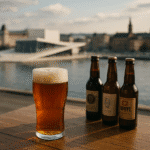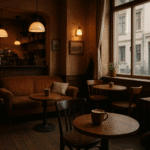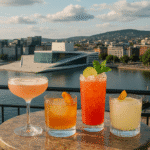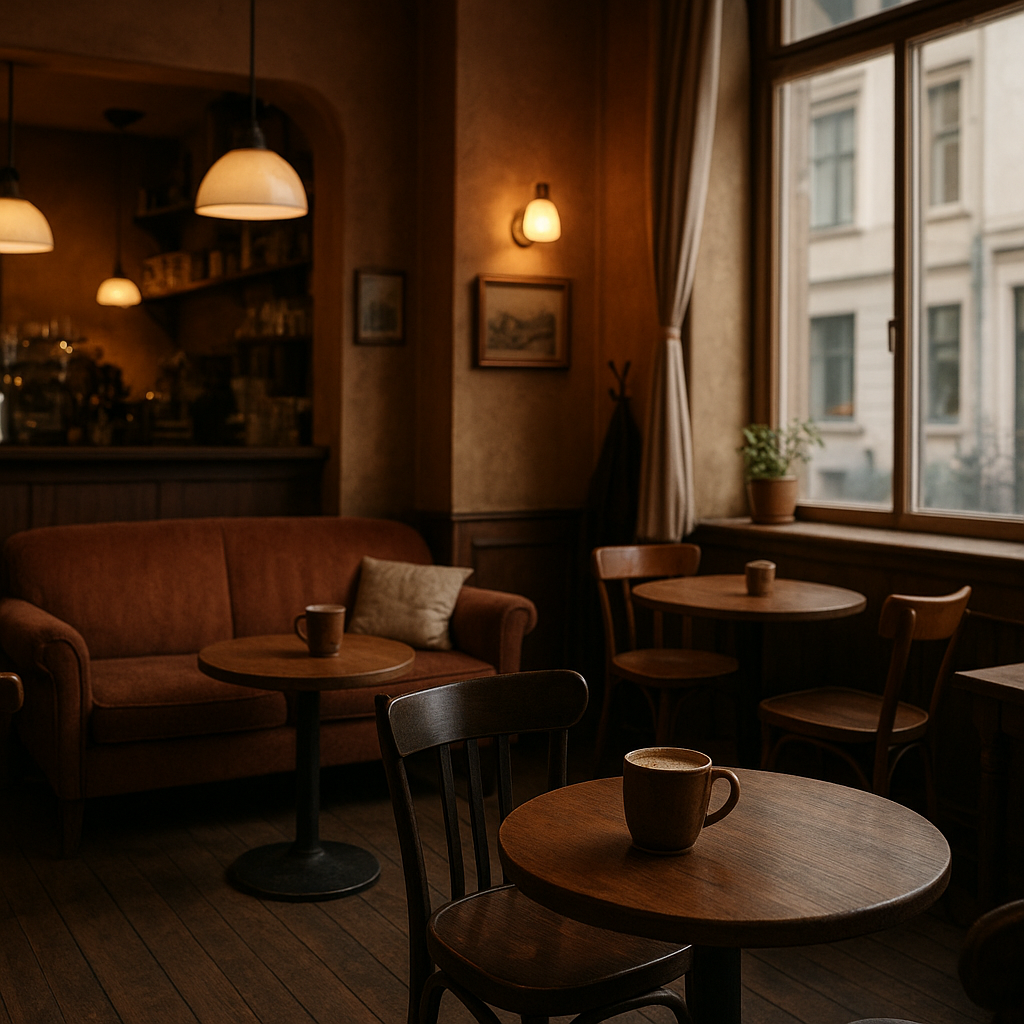Oslo stands out as a vibrant Scandinavian capital where history, art, and modern life intertwine in a tapestry of unforgettable moments. From world-class galleries to striking public spaces, this city offers a multitude of ways to explore its heritage and dynamic spirit. Whether you’re drawn to centuries-old relics, contemporary masterpieces, or tantalizing local flavors, Oslo’s cultural landscape delivers with unparalleled depth and charm. Embark on a journey that unlocks the essence of Norway’s capital through diverse experiences that promise to linger in your memory.
Immersing in Oslo’s Rich Museum Scene
Oslo boasts an impressive array of museums, each dedicated to celebrating aspects of Norwegian history and global culture. A must-visit is the Viking Ship Museum, home to some of the best-preserved ships ever discovered. Here, you’ll gain an immersive glimpse into the seafaring prowess of early Norse explorers. Adjacent to the Fram Museum, the polar ship Fram stands as a testament to Arctic and Antarctic expeditions, inviting visitors to walk its decks and relive daring journeys to the polar extremes.
Modern art enthusiasts will be captivated by the Astrup Fearnley Museum, designed by renowned architect Renzo Piano. Its innovative waterfront structure houses cutting-edge works by international artists. Meanwhile, the National Gallery safeguards masterpieces including Edvard Munch’s iconic “The Scream,” offering profound insights into the angst and creativity of late 19th-century Europe. Plan your visit to coincide with rotating exhibitions to experience fresh perspectives and emerging talents.
For a broader historical sweep, the Norwegian Museum of Cultural History provides an open-air collection of over 150 traditional buildings relocated from across the country. Wander through rustic farmhouses, stave churches, and Sámi tents to appreciate the diverse ways of life that have shaped modern Norway. Through interactive displays and costumed interpreters, your encounter with rural traditions becomes a vivid exploration of past livelihoods.
Architectural Wonders and Historic Sites
Oslo’s skyline is marked by a blend of historic structures and contemporary designs. The City Hall, built in the 1950s, stands as a symbol of democratic ideals, its walls adorned with murals depicting Norwegian history and labor movements. Nearby, Akershus Fortress offers medieval battlements overlooking the Oslofjord—an ideal spot for history buffs keen to traverse centuries of military landmarks.
One of the city’s newest icons is the Oslo Opera House. With its angled marble-clad roof that invites pedestrians to ascend and view the harbor, it represents the marriage of functional design and public engagement. Key Highlights
- Roof walkway providing scenic panoramas
- State-of-the-art acoustics within the auditorium
- Contemporary performances ranging from ballet to orchestral concerts
This architectural gem seamlessly integrates with the waterfront, making the building itself a work of art.
Another landmark of note is the Barcode Project in Bjørvika, where a series of sleek, vertically oriented structures create a “barcode” silhouette. This ambitious urban renewal initiative has transformed former industrial land into a thriving district of offices, residences, and cultural venues. By night, the buildings’ illuminated façades cast a futuristic glow that contrasts beautifully with the historical city center.
Culinary Journeys Through Norwegian Flavors
Oslo’s dining scene is a fusion of Nordic traditions and global influences. At the heart of the city’s culinary renaissance lies a dedication to fresh, locally sourced ingredients. Sample fine seafood at waterfront eateries, where the daily catch—salmon, cod, and shellfish—takes center stage. Pair these dishes with craft beers from microbreweries that champion indigenous hops and barley.
For a truly authentic culinary experience, seek out restaurants participating in Norway’s “New Nordic” movement. Chefs here emphasize simplicity and sustainability, creating tasting menus that celebrate seasonal produce and wild foraged items. Indulge in dishes like reindeer tenderloin served with lingonberries, or explore vegetarian offerings centered on root vegetables and indigenous berries.
Street food markets, such as Mathallen, offer casual yet adventurous dining. Browse stalls showcasing artisanal cheeses, cured meats, and innovative takes on traditional recipes. These vibrant indoor halls often host tasting events, cooking classes, and live music, making them perfect for both solitary exploration and group gatherings.
Festivals and Live Performances All Year Round
Oslo’s cultural calendar brims with lively celebrations and performances that cater to diverse tastes. In the summer, the Øya Festival brings together international and local music acts in a lush park setting, while the Oslo Jazz Festival transforms venues across the city into stages for world-class improvisers. These festivals highlight the city’s commitment to both established artists and emerging talents.
The winter months usher in the Holmenkollen Ski Festival, where spectators marvel at ski jumps illuminated against snowy landscapes. Beyond sports, the festival atmosphere includes concerts and light installations that showcase Norway’s winter heritage. Similarly, the Nobel Peace Prize ceremony, held each December, offers a solemn yet inspiring glimpse into global peacemaking efforts. Although attendance is by invitation only, the surrounding events and exhibitions at the Nobel Peace Center invite the public to engage with the ideals upheld by laureates.
Theatre lovers can explore productions at the National Theatre or witness avant-garde performances at venues like the Black Box Theatre. With programming that ranges from classical plays to experimental dance, Oslo’s stage scene invites audiences to stretch their imaginations and embrace new forms of storytelling.
Outdoor Adventures with a Cultural Twist
Oslo’s natural surroundings offer the perfect backdrop for blending outdoor recreation with cultural discovery. Take a ferry ride across the Oslofjord to explore islands such as Hovedøya, where monastic ruins from the 12th century stand amid serene beaches and pine forests. History meets nature on guided hikes that reveal stories of monastic life, shipwrecks, and early tourism.
Within city limits, Vigeland Park showcases over 200 sculptures by Gustav Vigeland, creating an expansive open-air gallery dedicated to the human form. Stroll along the sculpture-lined pathways to appreciate the artist’s exploration of relationships, emotion, and the cycles of life. The park’s design offers a contemplative space where art and nature seamlessly converge.
For panoramic views, ascend to Holmenkollen, site of the world’s oldest ski jump still in use. The adjacent museum chronicles two millennia of skiing history, highlighting its evolution from a practical mode of transport to an Olympic sport. After exploring the exhibits, step onto the observation deck for sweeping vistas of Oslo’s cityscape and surrounding forests.










